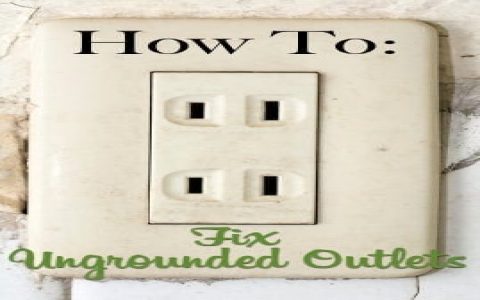If an electrical outlet is not working, here’s a troubleshooting guide:
Possible Causes and Solutions
- Tripped Circuit Breaker: This is the most common reason. Locate your electrical panel and check for any tripped breakers (switches that are in the "off" or middle position). Reset the breaker by switching it fully to the "off" position and then to the "on" position.
- GFCI Outlet Tripped: Outlets in bathrooms, kitchens, and outdoors are often GFCI (Ground Fault Circuit Interrupter) outlets, designed to trip and cut power when they detect a ground fault. Check nearby GFCI outlets and press the "reset" button. Sometimes, the problem outlet is wired to a GFCI outlet in another room.
- Loose Wiring: If the above steps don't work, there might be loose wiring at the outlet. Caution: This can be dangerous. Turn off the circuit breaker for that outlet before inspecting it. If you are not comfortable working with electricity, call a qualified electrician.
- Outlet is Damaged: Inspect the outlet for any visible damage, such as cracks or burns. If damaged, the outlet needs to be replaced by a qualified electrician.
- Blown Fuse: If your home has an older fuse box instead of circuit breakers, check for a blown fuse and replace it with a fuse of the correct amperage.
- Power Outage: Ensure there isn't a general power outage in your area. Check with your neighbors or your local utility company.
- Appliance Issue: The appliance plugged into the outlet might be faulty, causing a trip. Test the outlet with a different appliance that you know is working correctly.
Safety First: If you're unsure about any of these steps or uncomfortable working with electricity, contact a licensed electrician.










